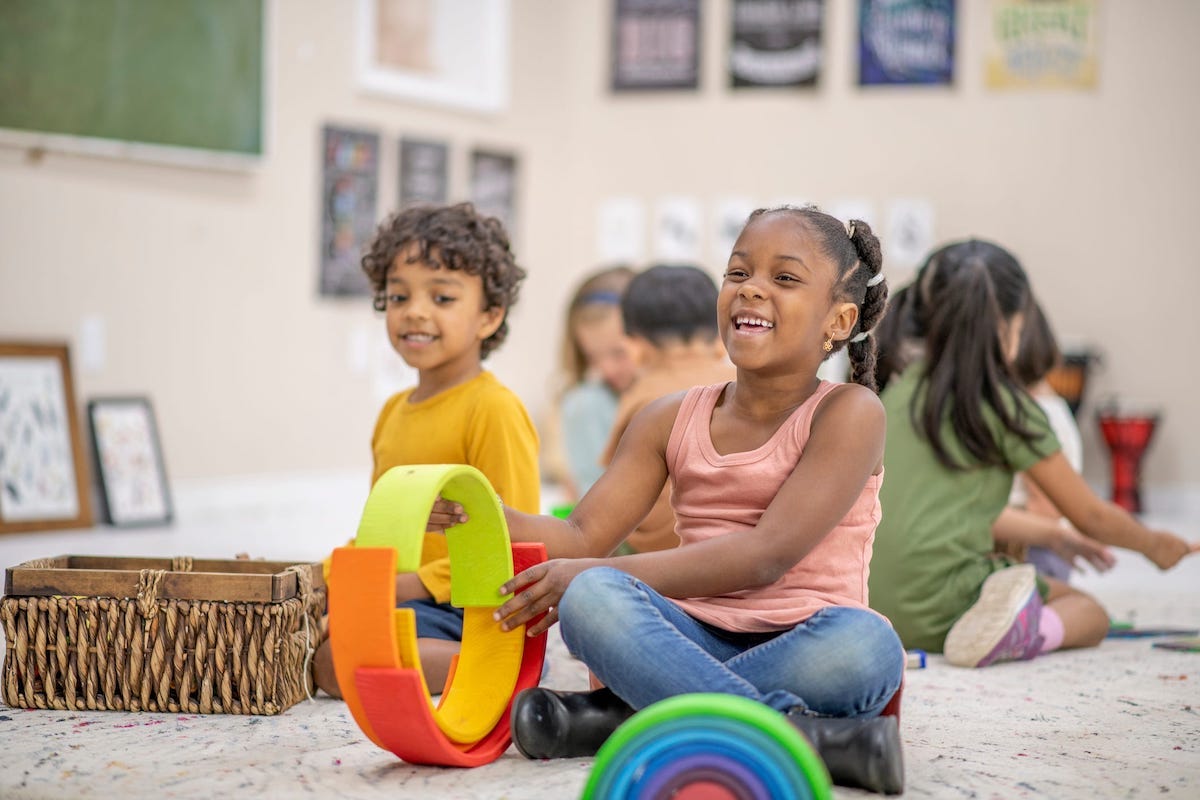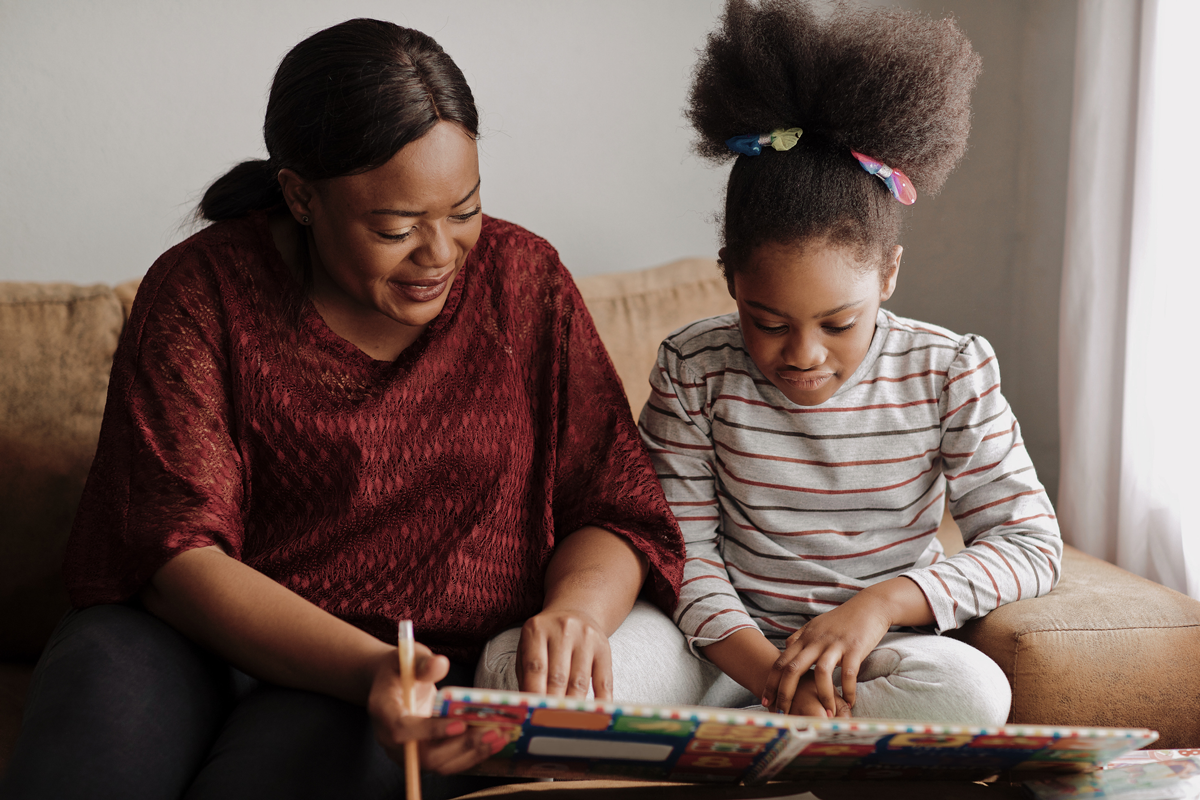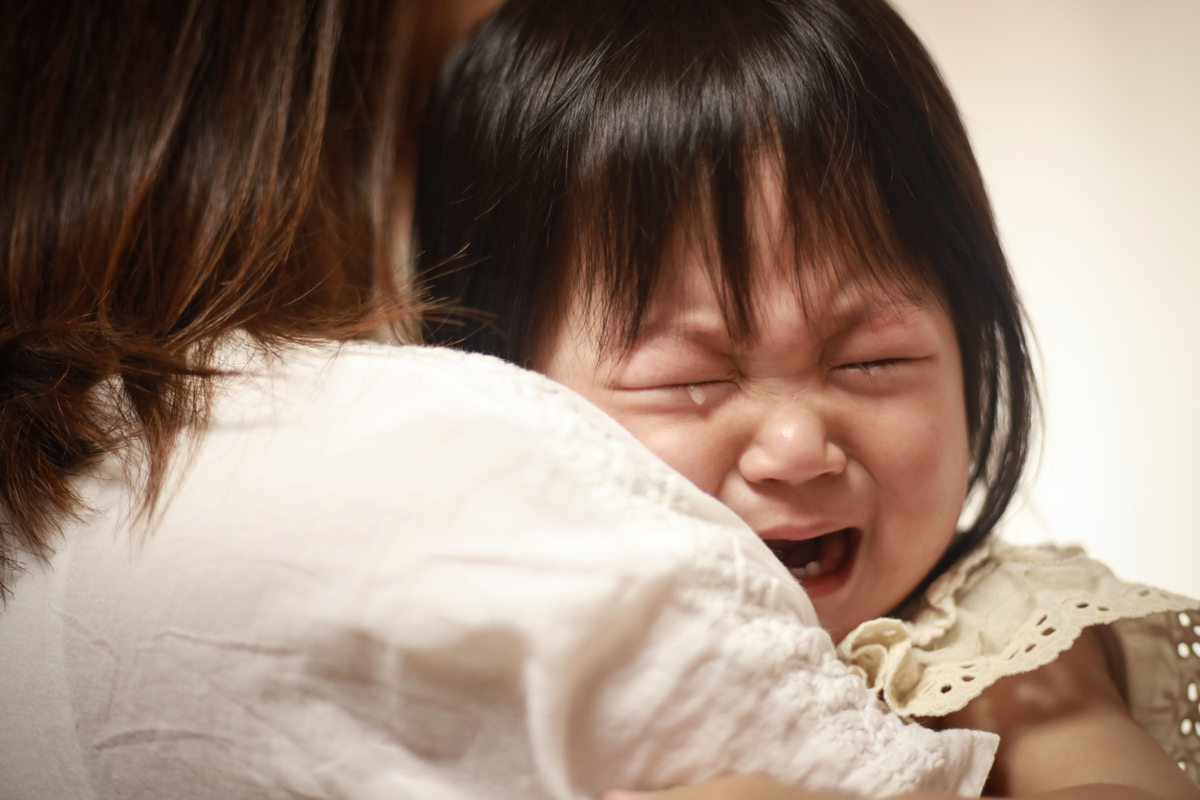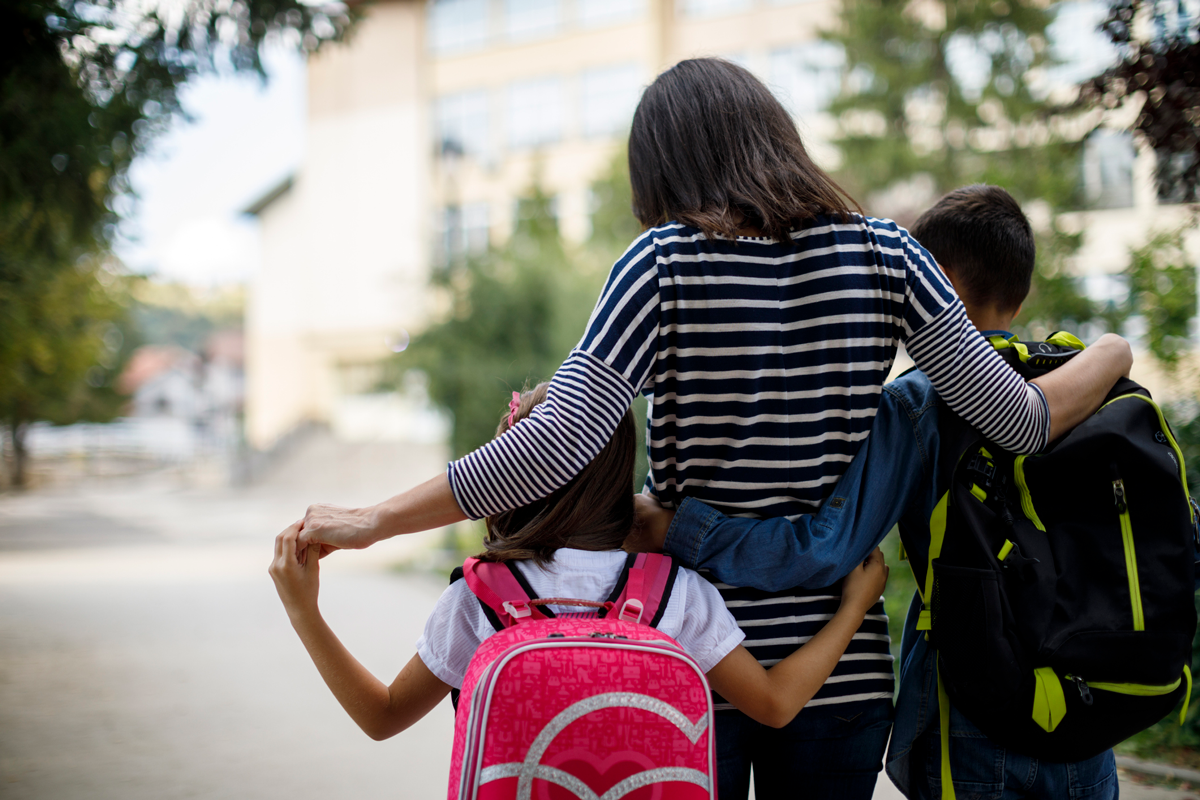People often say write what you know — it’s true of fiction, but sometimes it’s also true of academic research. A surprising number of ideas come out of the personal experience of researchers (the person who discovered the gene for extreme morning sickness experienced it herself, for example).
A case in point is today’s topic, a paper on the question of why schools default to calling the mother first when contacting parents. It is the work of three women — Kristy Buzard, Laura Gee, and Olga Stoddard — who I believe came up with this idea at least in part because the school always calls them about their children.
Quick note before we get into it: Research on the topic of household work tends to focus on two-person heterosexual relationships. To the extent that we have data on same-sex couples, it does seem to point to a more even distribution of household load. But that data is, unfortunately, more limited.
How was the data collected?
The primary results in the paper report on a large-scale field experiment in which the authors sent emails to over 30,000 school principals across the U.S. The emails came from fictitious two-parent heterosexual families, and they indicated that the family was looking for a school for their child and asked if the principal would call to discuss. The emails provided numbers for both the mother and father, and the researchers were able to see which parent, if any, got a call. (This empirical approach is sometimes called an “audit experiment.”)

The experiment comes in varying the message in terms of how strongly it indicated a preference to call one parent or another. For simplicity, I will focus on only three of the treatments here. It is worth noting that about 80% of the time, there is no call at all (not surprising or unusual in this type of experiment). What the authors focus on is the question of, conditional on calling, who gets the call.
The first group of principals gets a baseline treatment: the message said, “Can you call one of us to discuss?” without indicating any preference for either parent. In these cases, 59% of the time when a call is made, it is made to the mom. This is significantly higher than would be the case if the principal was randomizing. This result alone affirms the view that moms are more likely to get a call, all else being equal.
A second treatment had a message indicating that the male parent had “a lot of availability” and the female parent did not. In this case, 74% of the time when a call is made, it is to dad; but still, 26% of the time, mom is called. In a parallel third treatment, the message indicated that the female parent had a lot of availability and the male parent did not. In that message, 90% of the time, mom was called. That difference — 74% versus 90% — also gives a sense of gender differences in outreach. If you indicate that mom is more available, they almost always call mom; that’s less true when you indicate dad is available.
The authors of this paper argue — and I agree — that the differences they see are probably the tip of the iceberg, and if they had a way to measure (say) who gets a call when a kid is sick, the differences would be even more extreme. But they also connect their result to a larger point, which is that this is part of the overall gender imbalance in invisible labor in the household and that these issues, and issues like them, may impact equality in the labor market too.
What about household work beyond school calls?
This paper connects to a larger set of issues, which we can measure in data, about household work hours. It is not surprising that, historically, women have done more household work. In a setting in which the male household member is working more hours and contributing more of the income, it may make sense to allocate time in this way. (I’m not saying it’s fair! Just that it has an efficiency value.)
Over time, incomes have become more equal. Notably, though, the time spent on household tasks hasn’t moved to the same extent.
There are a variety of data sources to see this. One is a survey out of the Pew Research Center that asked couples about their time use and their income. Among other analyses, the researchers classify couples by their relative incomes and then look at how they spend their time.
Pew divided couples into five groups. First, they have what they call egalitarian marriages, where both partners earn between 40% and 60% of the household income. They then have marriages where either the husband or the wife is the primary earner — making more than 60% of the income but not all of the income. And finally, marriages where only one of the partners works, which they call sole earner marriages.
For each couple, they collect information on their time use: hours spent at work, at leisure, and in caregiving and household work. I will focus here on couples with children. The graph below shows the average hours spent, by each partner, on the combination of caregiving and household work, divided by marriage type.
For egalitarian marriages, where both partners earn about the same amount, women do an average of 17.3 hours of caregiving and household work, versus only 11.3 hours for men. This is a statistically significant difference.
Unsurprisingly, when the husband is a primary or sole earner, mom does much more of the household work. When the husband is the sole earner, the female partner does an average of 32 hours of household work and caregiving a week, versus only 8 hours for the male partner.
Most striking, though, are the last set of bars below. What happens when mom is the primary or sole earner? When mom is the primary earner, making more than 60% of the household income, she still does more of the household work — 18.1 versus 12.2 hours. This difference is very similar to what we see when both partners have similar earnings. When the female partner is the sole earner, she does do less housework and caregiving than her partner — 13 versus 18.9 hours — but that difference is much smaller than when the male partner is the sole earner.
Overall, what we see is that women are doing more household work even when earnings are equal. In addition, as women become more important to the economics of the household, they have generally remained the primary providers of household work. This is echoed elsewhere. For example, we can see it in Swedish data that exploits variation over time. A sociology paper from back in 2007 showed that even as spouse earnings have become more similar, the changes in household work allocation have lagged.
The upshot: across many settings, looked at in many different ways, women are doing a disproportionate share of the caregiving and household work in heterosexual marriages. None of these results seem very surprising, though it may be clarifying to see them in the data in black and white. The real question is what, if anything, one can do about this.
What can we do about gender inequality in household labor?
In an odd way, I think the easiest thing to answer is the institutional question (even if it may be hard to implement changes). It would be great if schools and child care centers would ask parents who should be called first. Every year, at the start of the year, we all fill out a million forms for our school or child care settings. One of those forms should ask who the school should call as a first step. (Then they should listen to that instruction.) This change doesn’t really need to be motivated by a need for household equality, either. It’s just efficient! Calling the parent who will never pick up is not helpful.
What about if we see these patterns in our own family, though? How can we change them? I’ve written about some concrete strategies for dividing household labor equally before (both on ParentData and in The Family Firm), and Eve Rodsky spends an entire book on the subject
Here, I’ll just suggest two questions to start your thinking.
Question 1: Is this a problem for us?
Not every family and marriage works the same way. It is not necessarily a problem if household work is unbalanced, if it works in your family. In my family, I am the parent who gets the call from the school, who coordinates camp and fills out the school forms. I’m the one who figures out what to do if we need sick coverage and, usually, the one who moves things around to cover. There is plenty of stuff that my spouse does, but I think (I think!) we’d agree that in terms of hours, I spend more time on household work. Despite the fact that we have similar professional profiles and ambitions.
This is what works for my family. It isn’t what would work for everyone, because no one’s family is the same. Therefore, your first question is whether the setup now is working for all of you. If yes, super. If no, go to Question 2.
Question 2: What does each of us want?
If you find that the household work allocation isn’t … working, it’s time to think about a change. This is where I’d really push you to something like Eve Rodsky’s Fair Play, which has concrete tools for making these changes. But no matter what tools you look to, you are going to have to start by thinking about what you want in a very concrete way. What would a good allocation look like? There are going to be some steps to get there, but that’s always going to be where to start.
The bottom line
- A study found that schools are more likely to call mothers than fathers, even when both parents indicate that they are available.
- The authors argue that these findings are part of the overall gender imbalance in invisible labor in the household and that these issues may impact equality in the labor market too.
- Over time, incomes have become more equal but the time spent on household tasks hasn’t moved to the same extent. Women are doing a disproportionate share of the caregiving and household work in heterosexual marriages.
- To implement changes in labor division at home, ask yourself whether it is a problem for you, and, if it is, it’s time to think about a change.

















Log in
I have shared this article with countless co-workers! I think it’s really valuable context for why work-life-balance is essential for an inclusive workplace.
The way that I explain it is that many of us have a second part-time job, “adulting”. Women in heterosexual partnerships may be carrying more of the adulting load, and that can result in greater stress when they’re asked to work outside of regular working hours.
I will add, as someone who works in schools, that the folks who design the software that holds parent info needs to have the option for parents to select the primary parent because even if we ask we might not remember!
“primary” is how the software I currently use puts it – but the most available parent is what I mean!